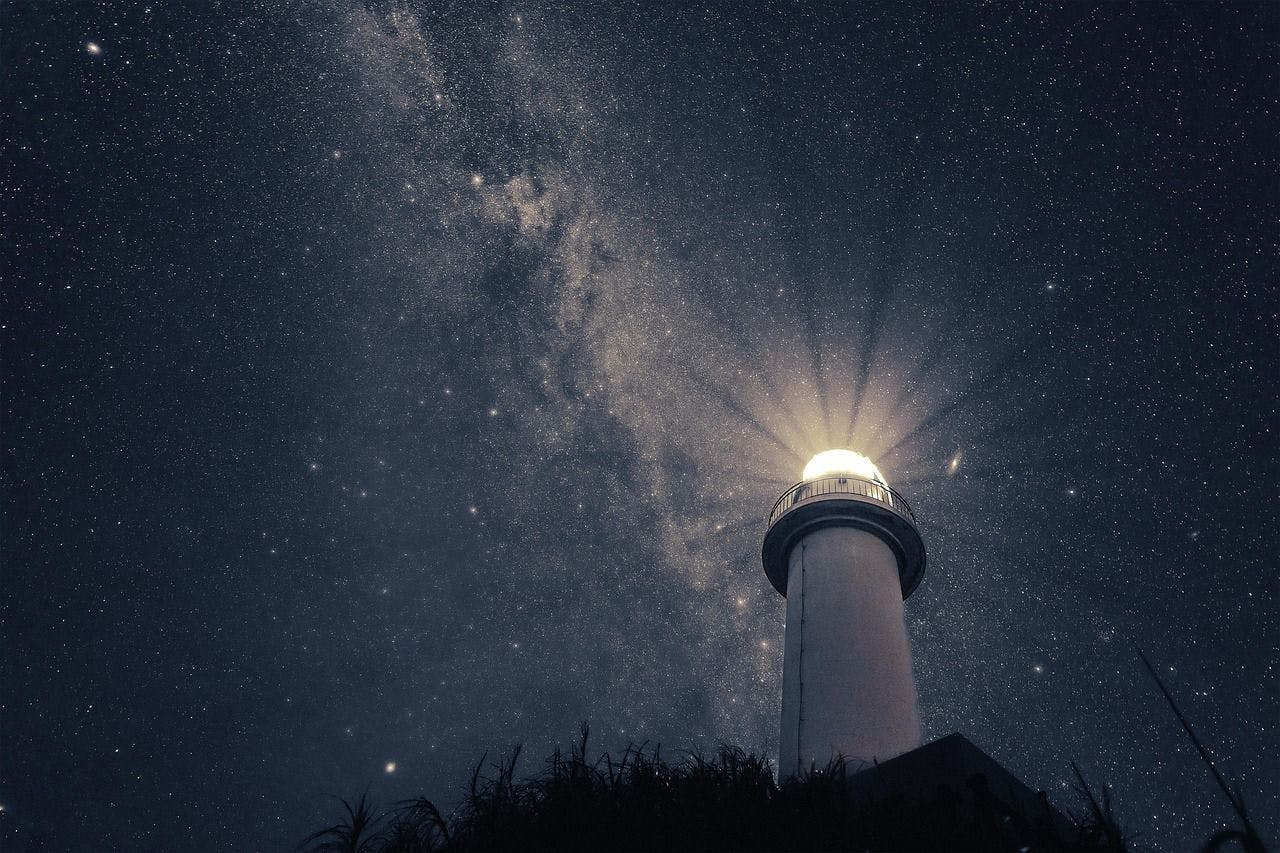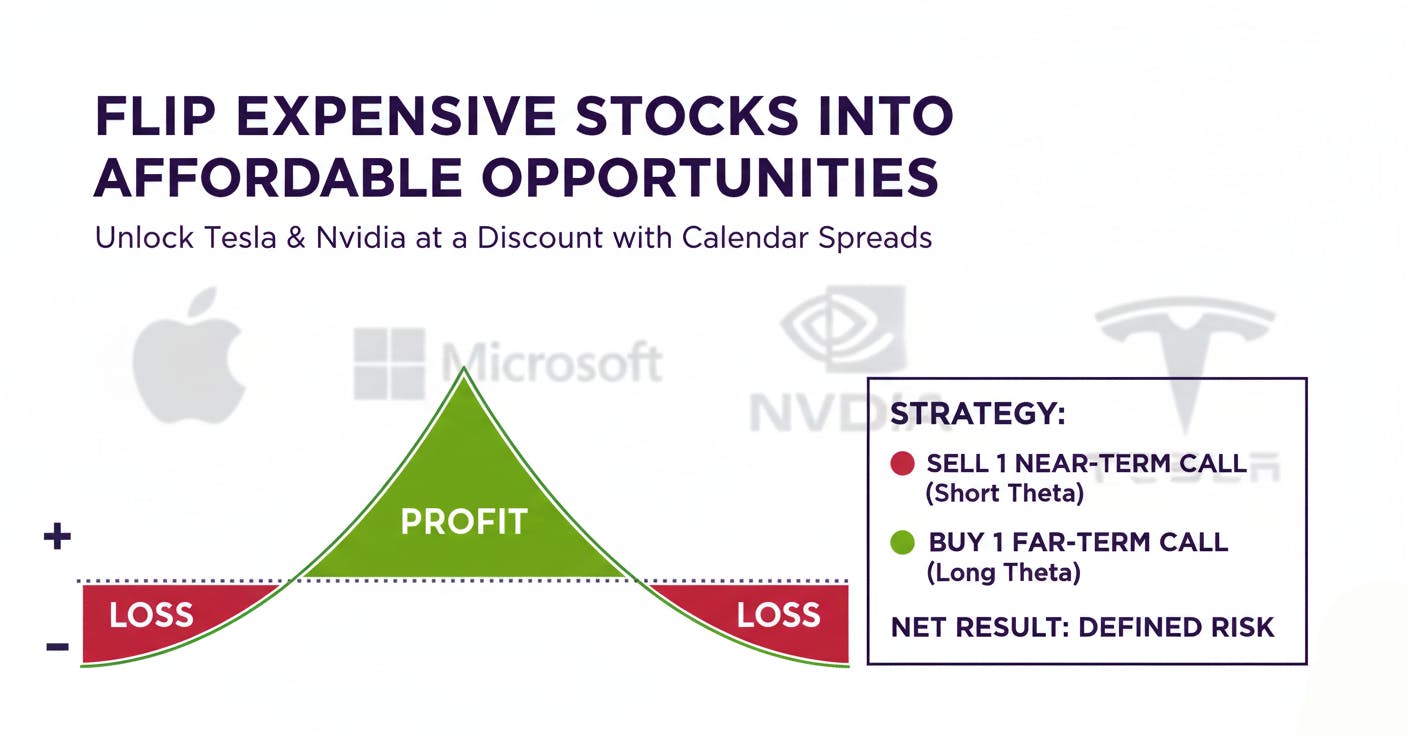Table of Links
Abstract and 1 Introduction
-
Sample selection and properties
-
Results
-
Discussion
-
Concluding remarks and References
Appendix A: Sample selection
Appendix B: Properties of the TOIs in this work
Appendix C: Pre-MS estimates
5. Concluding remarks
The lack of a solid observational background on exoplanets around intermediate-mass stars (analogous to the background present around low-mass stars) affects our knowledge of planet formation in general and of hot Jupiters in particular. In this work we have analysed such type of planets, selected from a combination of TESS and Gaia data. Our analysis has focused on the physical limit of their innermost planetary orbits, regardless of the ongoing debate on the frequency of hot Jupiters around intermediate-mass stars (e.g., Sebastian et al. 2022, and references therein). In principle, our analysis is also independent of observational developments that would eventually lead to larger samples of intermediate-mass stars hosting smaller exoplanets at longer orbital radii. We provide tentative evidence to support the notion that hot Jupiters’ orbits around intermediate-mass stars are mostly determined by the protoplanetary disk gas-truncation radius – and not by the dust-destruction radius. Although gravitational instabilities may play a role in the formation of long-period giant planets around such stars, we have suggested that the origin of hot Jupiters is probably similar than it is for lower-mass sources. This is based on a combination between the core-accretion paradigm and migration up to the inner gas edge. Finally, the comparison between low- and intermediate-mass stars suggests that the gas barrier indeed fixes the innermost planetary orbits for the whole stellar mass regime. Future tests of the previous hypothesis require larger samples of intermediate-mass stars with hot Jupiters. Two examples of such types of tests are outlined below.
First, the size of the magnetosphere is limited by the disk co-rotation radius, which is smaller for larger stellar rotational velocities (Shu et al. 1994). Thus, if the magnetosphere controls the innermost planetary orbits these should be smaller for fastrotating stars (see, e.g., the related discussion in Lee & Chiang 2017). This is in agreement with the recent finding, showing that shorter orbital periods are observed in more massive stars with shorter rotational periods, at least considering FGK spectral types (García et al. 2023). However, it is hard to make a conclusive test only based on low-mass stars, given their narrow range of small projected rotational velocities. In contrast, velocities of intermediate-mass stars span from a few to a few hundred km/s, making them ideal for such a test. Gaia-based projected rotational velocities are presently only available for a dozen of all the sources analyzed in this work. Additional velocity estimates will be helpful in carrying out this task.
Second, that magnetospheres act as gas barriers ceasing inward migration immediately implies that if those are absent, then the probability that planets are swallowed by their host stars increases (Nelson et al. 2000). Indirect evidence of planets swallowed by their hosts have been provided only for a few solar-type stars (e.g., Israelian et al. 2001; De et al. 2023, and references therein). Notably, magnetospheres are likely to be lacking in most Herbig stars with masses & 3-4 M⊙ (Wichittanakom et al. 2020; Vioque et al. 2022), for which the gas disk may reach the central source trough a boundary layer (Mendigutía 2020, and references therein). Thus, if magnetospheres are the ultimate barrier preventing unlimited planet migration, then the planet engulfment scenario would be most efficient for stellar masses of > 3-4 M⊙. These stars may show a deficit of hot Jupiters, as compared to the case of less massive stars.
Acknowledgements. The authors acknowledge the anonymous referee, whose suggestions have served to improve the manuscript. IM’s research is funded by grants PID2022-138366NA-I00, by the Spanish Ministry of Science and Innovation/State Agency of Research MCIN/AEI/10.13039/501100011033 and by the European Union, and by a Ramón y Cajal fellowship RyC2019-026992-I. J.L.-B. is partly funded by the Spanish MCIN/AEI/10.13039/501100011033 and NextGenerationEU/PRTR grants PID2019-107061GB-C61 and CNS2023- 144309, and by the Ramón y Cajal fellowship RYC2021-031640-I. BM is supported by grant MCIN/AEI/PID2021-127289-NB-I00. We acknowledge the use of public TOI Release data from pipelines at the TESS Science Office and at the TESS Science Processing Operations Center. Funding for the TESS mission is provided by NASA’s Science Mission directorate. This work has made use of data from the European Space Agency (ESA) mission Gaia (https://www.cosmos.esa.int/gaia), processed by the Gaia Data Processing and Analysis Consortium (DPAC, https://www.cosmos.esa.int/web/gaia/dpac/consortium). Funding for the DPAC has been provided by national institutions, in particular the institutions participating in the Gaia Multilateral Agreement.
References
Baruteau, C., Meru, F., & Paardekooper, S.-J. 2011, MNRAS, 416, 1971
Batygin, K., Adams, F. C., & Becker, J. 2023, ApJ, 951, L19
Benkendorff, L., Flammini Dotti, F., Stock, K., Cai, M. X., & Spurzem, R. 2024, MNRAS, 528, 2834
Borucki, W. J., Koch, D., Basri, G., et al. 2010, Science, 327, 977
Boss, A. P. 1998, ApJ, 503, 923
Bouvier, J., Alencar, S. H. P., Harries, T. J., Johns-Krull, C. M., & Romanova, M. M. 2007, in Protostars and Planets V, ed. B. Reipurth, D. Jewitt, & K. Keil, 479
Brittain, S. D., Kamp, I., Meeus, G., Oudmaijer, R. D., & Waters, L. B. F. M. 2023, Space Sci. Rev., 219, 7
Cantiello, M. & Braithwaite, J. 2019, ApJ, 883, 106
Creevey, O. L., Sordo, R., Pailler, F., et al. 2023, A&A, 674, A26
De, K., MacLeod, M., Karambelkar, V., et al. 2023, Nature, 617, 55
Dong, R., Najita, J. R., & Brittain, S. 2018, ApJ, 862, 103
Drazkowska, J., Bitsch, B., Lambrechts, M., et al. 2023, in Astronomical Society of the Pacific Conference Series, Vol. 534, Protostars and Planets VII, ed. S. Inutsuka, Y. Aikawa, T. Muto, K. Tomida, & M. Tamura, 717
Flock, M., Turner, N. J., Mulders, G. D., et al. 2019, A&A, 630, A147
Fouesneau, M., Frémat, Y., Andrae, R., et al. 2023, A&A, 674, A28
Gaia Collaboration, Arenou, F., Babusiaux, C., et al. 2023a, A&A, 674, A34
Gaia Collaboration, Prusti, T., de Bruijne, J. H. J., et al. 2016, A&A, 595, A1
Gaia Collaboration, Vallenari, A., Brown, A. G. A., et al. 2023b, A&A, 674, A1
Gammie, C. F. 2001, ApJ, 553, 174
García, R. A., Gourvès, C., Santos, A. R. G., et al. 2023, A&A, 679, L12
Giacalone, S., Dressing, C. D., Jensen, E. L. N., et al. 2021, AJ, 161, 24
Gravity Collaboration, Wojtczak, J. A., Labadie, L., et al. 2023, A&A, 669, A59
Guerrero, N. M., Seager, S., Huang, C. X., et al. 2021, ApJS, 254, 39
Hussain, G. A. J. & Alecian, E. 2014, in Magnetic Fields throughout Stellar Evolution, ed. P. Petit, M. Jardine, & H. C. Spruit, Vol. 302, 25–37
Israelian, G., Santos, N. C., Mayor, M., & Rebolo, R. 2001, Nature, 411, 163
Kley, W. & Nelson, R. P. 2012, ARA&A, 50, 211
Koenigl, A. 1991, ApJ, 370, L39
Koumpia, E., de Wit, W. J., Oudmaijer, R. D., et al. 2021, A&A, 654, A109
Kunimoto, M. & Matthews, J. M. 2020, AJ, 159, 248
Lee, E. J. & Chiang, E. 2017, ApJ, 842, 40
Lillo-Box, J., Morales-Calderón, M., Barrado, D., et al. 2024, arXiv e-prints, arXiv:2404.06316
Lin, D. N. C., Bodenheimer, P., & Richardson, D. C. 1996, Nature, 380, 606
Marcos-Arenal, P., Mendigutía, I., Koumpia, E., et al. 2021, A&A, 652, A68
Mayor, M. & Queloz, D. 1995, Nature, 378, 355
Mendigutía, I. 2020, Galaxies, 8, 39
Mendigutía, I., Solano, E., Vioque, M., et al. 2022, A&A, 664, A66
Michael, S., Durisen, R. H., & Boley, A. C. 2011, ApJ, 737, L42
Monnier, J. D. & Millan-Gabet, R. 2002, ApJ, 579, 694
Mulders, G. D., Pascucci, I., & Apai, D. 2015, ApJ, 798, 112
Mulders, G. D., Pascucci, I., Ciesla, F. J., & Fernandes, R. B. 2021, ApJ, 920, 66
Nelson, R. P., Papaloizou, J. C. B., Masset, F., & Kley, W. 2000, MNRAS, 318, 18
Pinte, C., Ménard, F., Berger, J. P., Benisty, M., & Malbet, F. 2008, ApJ, 673, L63
Ribas, Á., Bouy, H., & Merín, B. 2015, A&A, 576, A52
Ricker, G. R., Winn, J. N., Vanderspek, R., et al. 2015, Journal of Astronomical Telescopes, Instruments, and Systems, 1, 014003
Romanova, M. M., Lii, P. S., Koldoba, A. V., et al. 2019, MNRAS, 485, 2666
Salaris, M. & Cassisi, S. 2006, Evolution of Stars and Stellar Populations
Sebastian, D., Guenther, E. W., Deleuil, M., et al. 2022, MNRAS, 516, 636
Shu, F., Najita, J., Ostriker, E., et al. 1994, ApJ, 429, 781
Siess, L., Dufour, E., & Forestini, M. 2000, A&A, 358, 593
Simon, T., Ayres, T. R., Redfield, S., & Linsky, J. L. 2002, ApJ, 579, 800
Stassun, K. G., Feiden, G. A., & Torres, G. 2014, New A Rev., 60, 1
Tarrants, T. & Mendes, E. 2023, arXiv e-prints, arXiv:2310.12380
Tuthill, P. G., Monnier, J. D., & Danchi, W. C. 2001, Nature, 409, 1012
Vioque, M., Oudmaijer, R. D., Wichittanakom, C., et al. 2022, ApJ, 930, 39
Wichittanakom, C., Oudmaijer, R. D., Fairlamb, J. R., et al. 2020, MNRAS, 493, 234
Yee, S. W. & Winn, J. N. 2023, ApJ, 949, L21
Zhou, G., Huang, C. X., Bakos, G. Á., et al. 2019, AJ, 158, 141
Zhu, Z., Stone, J. M., & Calvet, N. 2024, MNRAS, 528, 2883
:::info
Authors:
(1) I. Mendigutía, Centro de Astrobiología (CAB), CSIC-INTA, Camino Bajo del Castillo s/n, 28692, Villanueva de la Cañada, Madrid, Spain;
(2) J. Lillo-Box, Centro de Astrobiología (CAB), CSIC-INTA, Camino Bajo del Castillo s/n, 28692, Villanueva de la Cañada, Madrid, Spain;
(3) M. Vioque, European Southern Observatory, Karl-Schwarzschild-Strasse 2, D-85748 Garching bei München, Germany and Joint ALMA Observatory, Alonso de Córdova 3107, Vitacura, Santiago 763-0355, Chile;
(4) J. Maldonado, INAF – Osservatorio Astronomico di Palermo, Piazza del Parlamento 1, I-90134 Palermo, Italy;
(8) B. Montesinos, Centro de Astrobiología (CAB), CSIC-INTA, Camino Bajo del Castillo s/n, 28692, Villanueva de la Cañada, Madrid, Spain;
(6) N. Huélamo, Centro de Astrobiología (CAB), CSIC-INTA, Camino Bajo del Castillo s/n, 28692, Villanueva de la Cañada, Madrid, Spain;
(7) J. Wang, Departamento de Física Teórica, Módulo 15, Facultad de Ciencias, Universidad Autónoma de Madrid, 28049 Madrid, Spain.
:::
:::info
This paper is available on arxiv under CC BY-SA 4.0 DEED license.
:::











